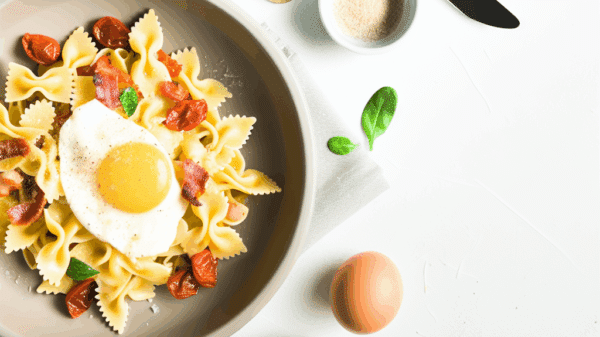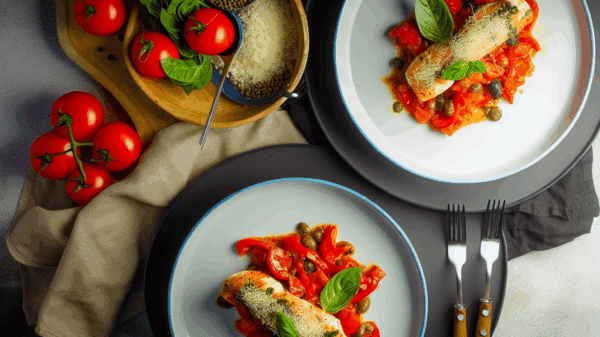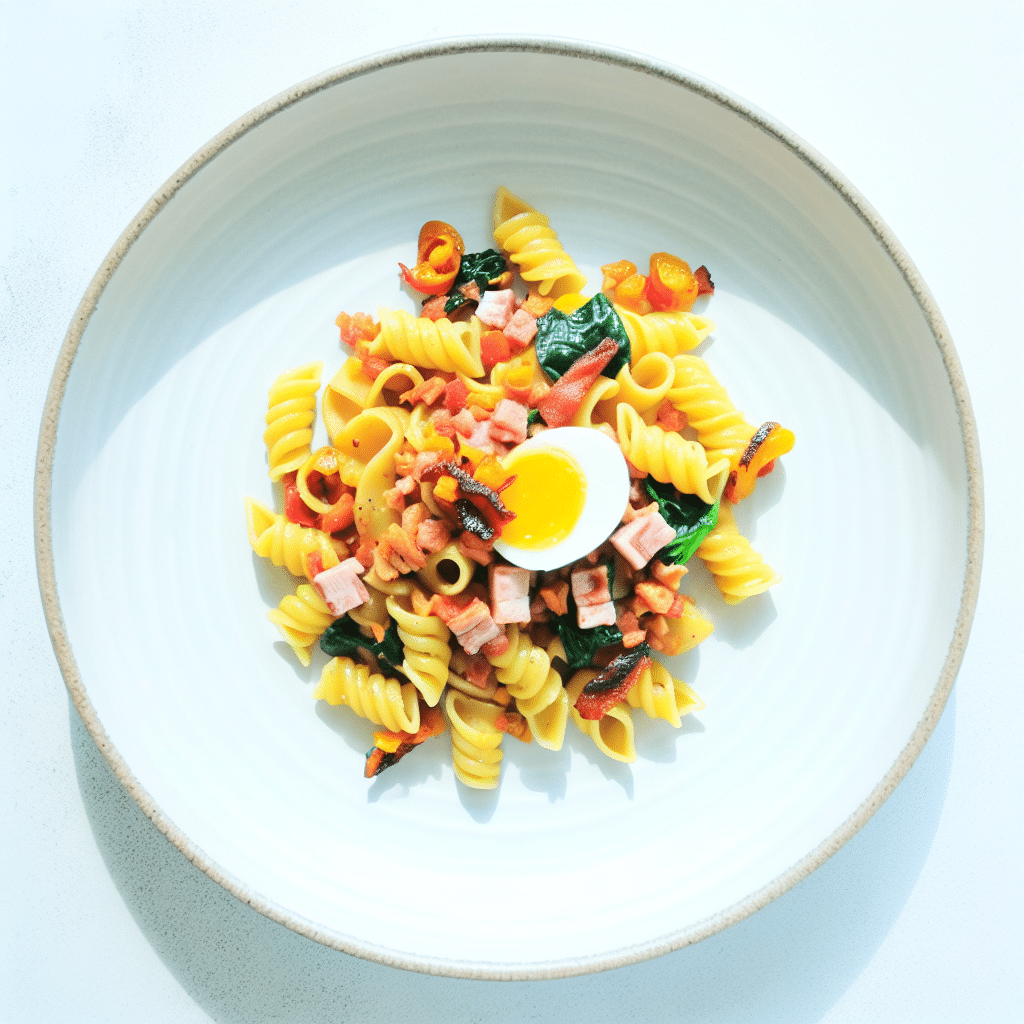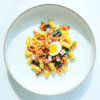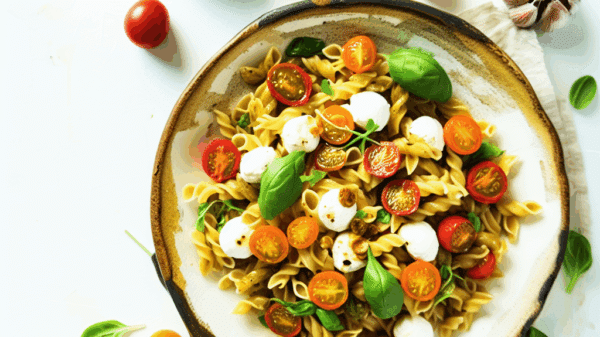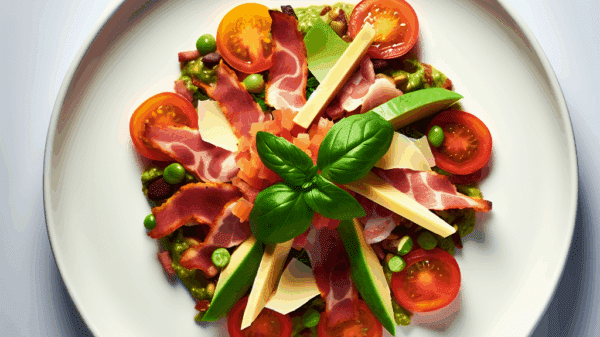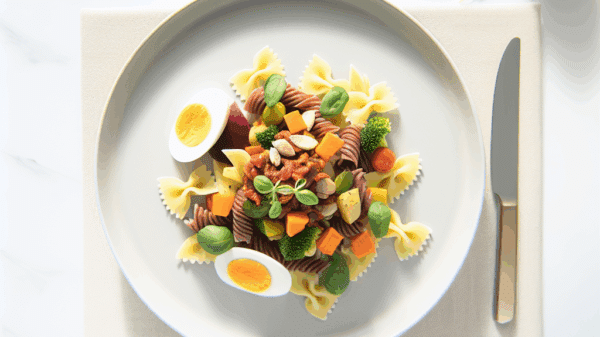Overview
Italian cuisine is celebrated worldwide for its bold flavors and comforting dishes, among which pasta reigns supreme. Authentic Italian pasta recipes showcase regional ingredients and traditional cooking methods that transport you right to the heart of Italy. This article is designed for aspiring home chefs who want to explore the richness of Italian culinary heritage, from beginners to experienced cooks.
Estimated prep time: 30 minutes
Estimated cook time: 30 minutes
Difficulty: Medium
Regional origin: Neapolitan
Ingredients
- Pasta (Spaghetti or Bucatini) – 400g (14 oz)
- San Marzano tomatoes – 800g (28 oz), crushed
- Extra virgin olive oil – 60ml (¼ cup)
- Garlic – 4 cloves, minced
- Fresh basil – a handful, torn
- Parmesan cheese – 100g (3.5 oz), grated
- Salt – to taste
- Black pepper – to taste
Step-by-Step Instructions
- Prepare the ingredients: Gather all ingredients on your countertop for ease of access. This will make cooking smoother.
- Boil the pasta: In a large pot, bring salted water to a rolling boil. Add pasta and cook according to package instructions until al dente, usually around 8-10 minutes. Stir occasionally to prevent sticking.
- Cook the sauce: In a separate large skillet over medium heat, add olive oil. Once heated, add minced garlic and sauté for 1-2 minutes, until fragrant but not browned.
- Add tomatoes: Pour in the crushed San Marzano tomatoes, and season with salt and pepper. Simmer for 10-15 minutes, allowing the sauce to reduce and thicken. Stir occasionally to prevent sticking.
- Add cooked pasta: Once the pasta is ready, drain it (reserving a cup of pasta water) and add it directly to the skillet with the sauce. Toss well to coat the pasta evenly. If the sauce is too thick, add reserved pasta water, a little at a time, until desired consistency is reached.
- Finish with basil and cheese: Remove the skillet from heat and toss in torn basil leaves. Serve with a generous sprinking of grated Parmesan cheese.
Common mistakes to avoid: Overcooking the pasta, burning the garlic, and neglecting to reserve pasta water for adjustments. Aim for a silky texture in your sauce!
Variations & Substitutions
For a vegan alternative, replace Parmesan with nutritional yeast. For gluten-free options, you can use gluten-free pasta, widely available in stores. You may also consider flavor variations like:
- Adding crushed red pepper for a spicy kick.
- Incorporating sautéed vegetables like zucchini or bell peppers.
- Using seafood, such as shrimp or clams, for a coastal twist.
Each region in Italy has its unique take on pasta; for example, adding anchovies in southern Italy or using a creamy sauce from the north.
Make Ahead, Storage & Reheating
You can make the sauce up to two days in advance and store it in an airtight container in the refrigerator. The pasta should ideally be cooked fresh, but if necessary, you can prepare it ahead and toss it with the sauce for storage.
Freezing: Store the sauce in a freezer-safe container for up to 3 months. For best results, freeze pasta separately to avoid it becoming mushy.
Reheating: Before reheating, add a splash of water or olive oil to the sauce to revive its consistency, and heat it on the stove over medium-low heat. Stir gently until warmed through.
Nutrition (Approx.)
Calories per serving: 540
Carbohydrates: 80g
Protein: 15g
Fat: 20g
Fiber: 5g
Serving Suggestions
Pair this delicious pasta dish with a simple side salad of arugula and cherry tomatoes drizzled with balsamic vinegar. A glass of Chianti or a crisp Pinot Grigio complements the flavor profile perfectly. For kid-friendly adaptations, try tossing in small, bite-sized pieces of chicken or turkey meatballs for extra protein.
FAQs
Can I use regular tomatoes instead of San Marzano?
Yes, but San Marzano tomatoes provide a sweeter, richer flavor.
Can this recipe be adjusted for smaller portions?
Yes, simply halve the ingredients for a two-serving portion.
How do I know when my pasta is al dente?
It should be firm to the bite; check a minute or two before the package instructions say it’s done.
Is it better to use fresh or dried herbs?
If available, fresh basil offers a brighter flavor, but dried basil can be used in a pinch.
Can I store leftover pasta?
Yes, store it in an airtight container in the fridge for up to three days.
What is the best way to reheat leftovers?
Reheat gently on the stovetop, adding a little liquid if necessary to revive the sauce.
Conclusion
This authentic Italian pasta recipe is a perfect representation of Italy’s rich culinary landscape. Embrace the simplicity of fresh ingredients and traditional techniques, and remember, cooking is an art that flourishes with practice. Explore the regional variations, make it your own, and share your delightful creations with family and friends. Buon Appetito!




